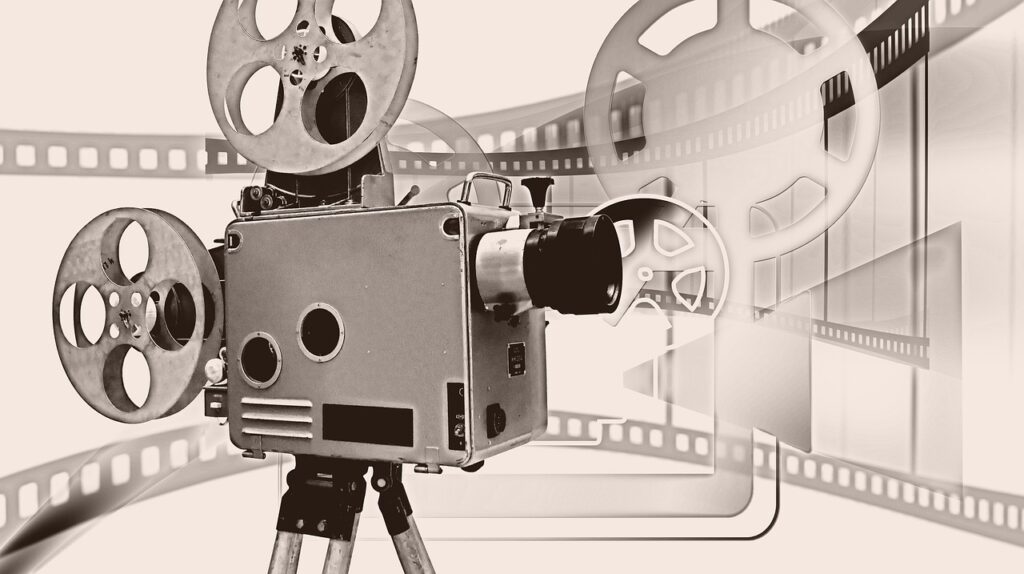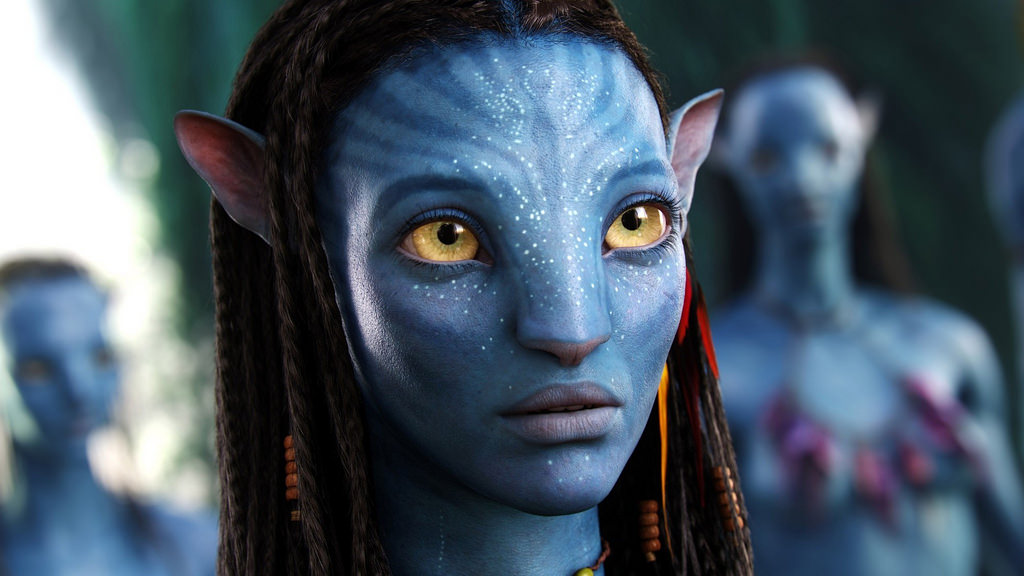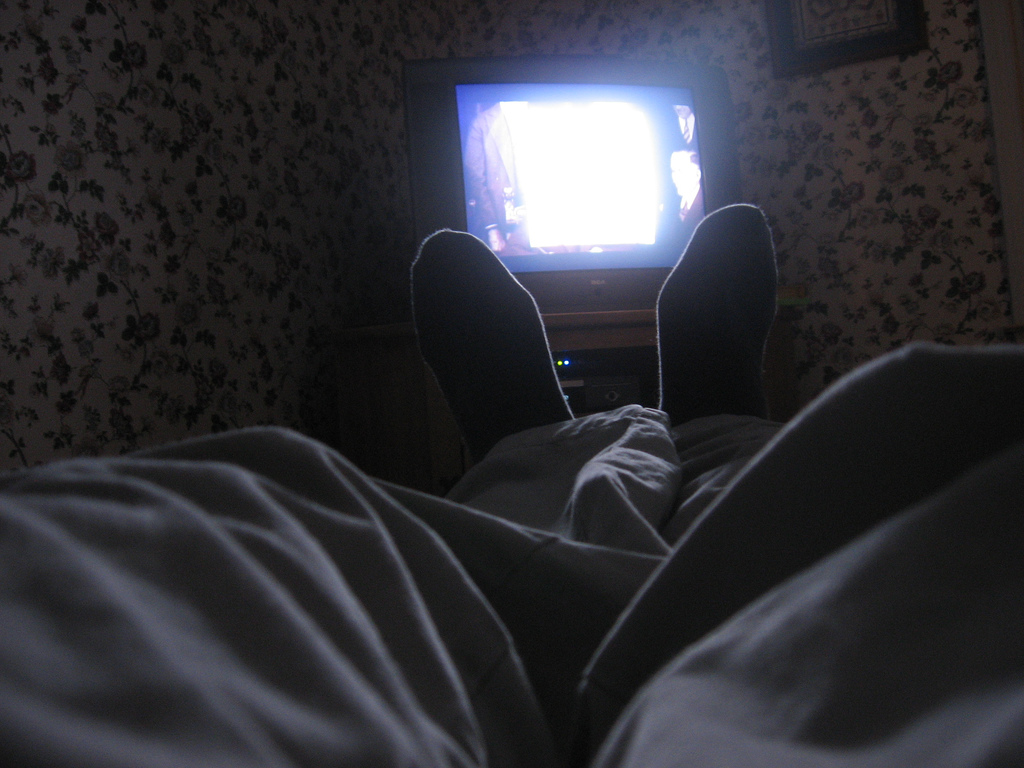 Anyone with dreams of becoming a successful filmmaker has probably seen a good number of movies in their lifetime — in fact, for many of us, watching movies inspired our own desire to make them.
Anyone with dreams of becoming a successful filmmaker has probably seen a good number of movies in their lifetime — in fact, for many of us, watching movies inspired our own desire to make them.
If you’re a movie buff who wants to take their cinephilia to the next level, try these useful exercises to help you improve your knowledge about filmmaking and pick up new skills and inspiration — all while watching films!
- Study the filmmaker’s use of their signature trademarks.

Many filmmakers have their own distinct patterns that can be seen across their works. This can include anything from specific types of shot to a focus on certain body parts.
For example, if you’re watching a Michael Bay movie then you can expect — you guessed it — explosions and fast action scenes.
From Hitchcock’s voyeurism effect and Tim Burton’s dark color schemes to Spielberg’s iconic extreme close-ups, the best filmmakers have trademark methods we’ve come to know and love. Watching their masterpieces to study why they rely on the same techniques is a great way to start developing your own style.
- Do a shot breakdown of an important scene.
If there’s one exercise that every ambitious filmmaker has to do at least once in their life, it’s the shot breakdown.
Although it’s a long and arduous process, it’s one of the most effective ways of mastering the complex language of film.
More importantly, you’ll gain a stronger understanding of editing when you consciously watch with the question in mind of why filmmakers and editors chose to cut where they did. A shot breakdown is also great way to study and learn the basic shots and angles in the industry and their best uses.
- Focus on camera movement.

The director’s role is to position the camera where they think it will better capture their vision on film. Pay attention to where the camera is and the distance between the camera and subjects. Why did the filmmaker go from a very wide shot to a close zoom for a specific moment? Asking and answering these questions as you watch a film will help you make your own decisions when it’s time to choose how your camera will tell your stories.
- Pay attention to new things.
The power movies have to enchant us is all due to the numerous elements filmmakers have at their disposal. Of course, directors want all these parts and pieces to blend together so well that audiences are too busy being captivated by the story to notice how or why the movie is keeping their attention so firmly. But as someone who hopes to improve their own craft while watching films, you should be able to shift your focus to notice and study new elements of the films you watch.
How are they using sound to sculpt a mood? What is going on with the lighting? Shadow? Texture? Are there subtle changes in grade/coloring? Does a certain color continue popping up, and does it have any symbolic meaning? What role does the landscape, city, or setting play? Camera angle?
The list goes on and on. Challenge yourself to notice and question new elements as you watch film to try to understand the choices the filmmakers made behind the scenes.
- Examine the most important character action.
There’s a reason why the film industry pays its leading actors well: They’re often the part of a film the audiences connect with first, embodying the characters who drive the story forward and delivering performances that bring scripts and storyboards to life.
Everything audiences see characters do on screen — and includes background extras — plays a part in telling the story of a film. That is why a director’s style with actors plays such an important role in guiding the story.
Who can forget the way Joker laughs in “The Dark Knight”? Or the way Frodo looks at Sam when refusing to destroy the ring at the end of “The Return of the King”? These moments came out of a collaboration between the director and the actors. As you watch, ask yourself how you would direct your actors to reach the performance you envision.
- Watch a new movie thrice.

When a good movie comes out that you want to learn from, watch it the first time purely as a cinephile. Throw all your knowledge and vocabulary out the window so you can simply be entertained by the film’s story and mood.
During the second viewing you can focus on the things we covered above to sharpen your understanding of excellent filmmaking.
The third time you sit to watch the film is to catch things you didn’t before, such as foreshadowing, what background characters are doing, and how sets are arranged.
How do you learn while watching films? Let us know in the comments below. And if you’re ready to learn even more, study filmmaking at the New York Film Academy.